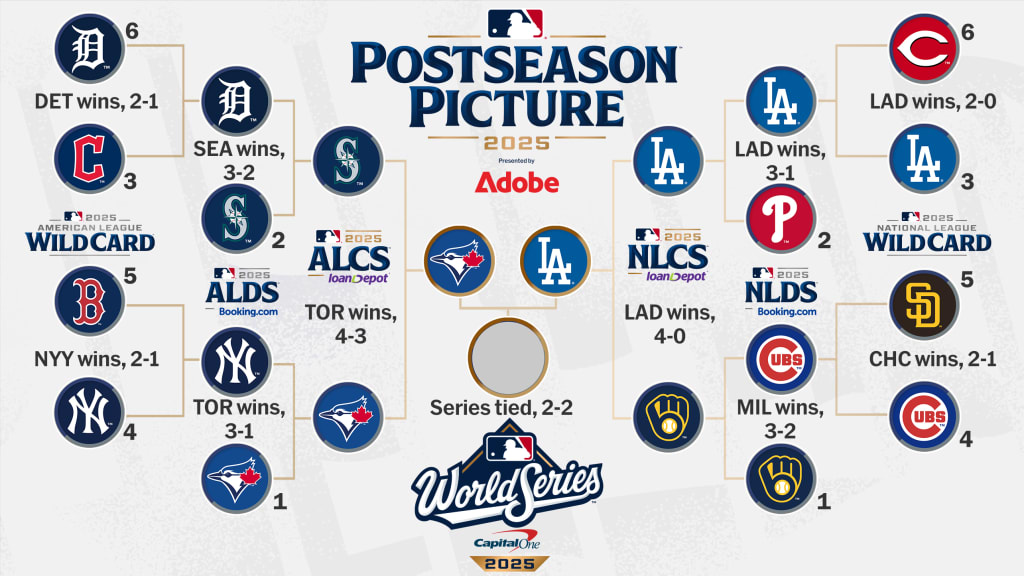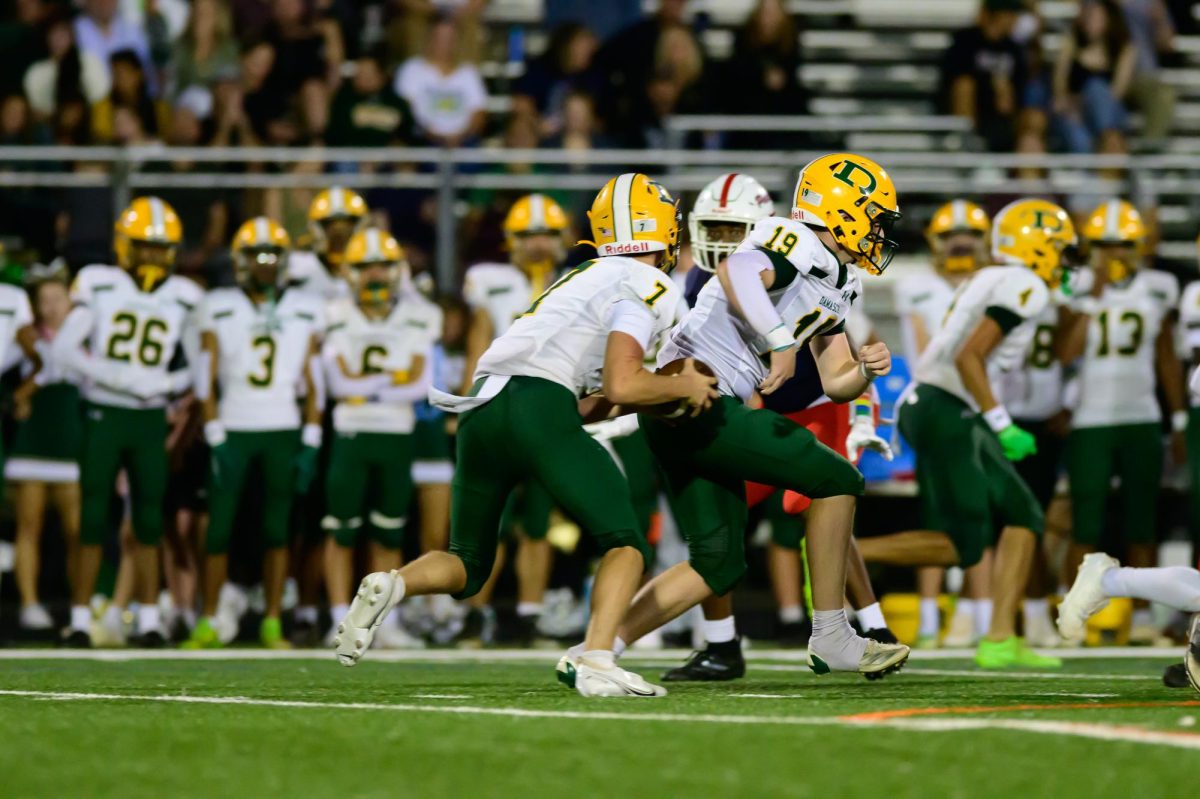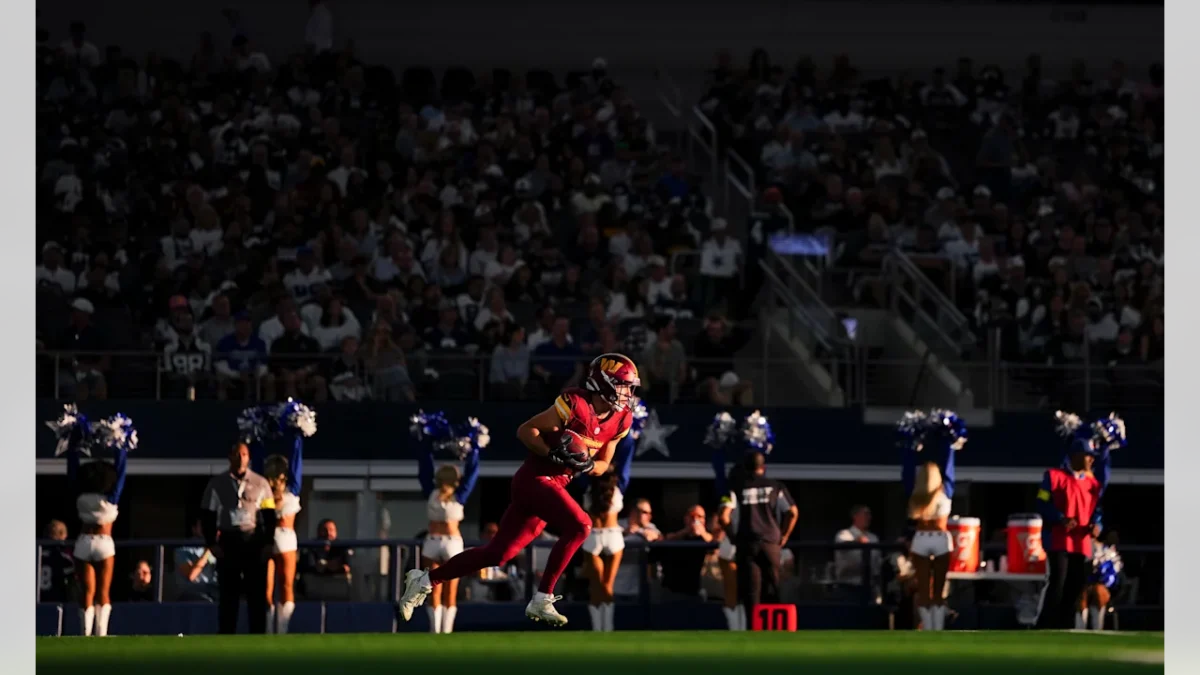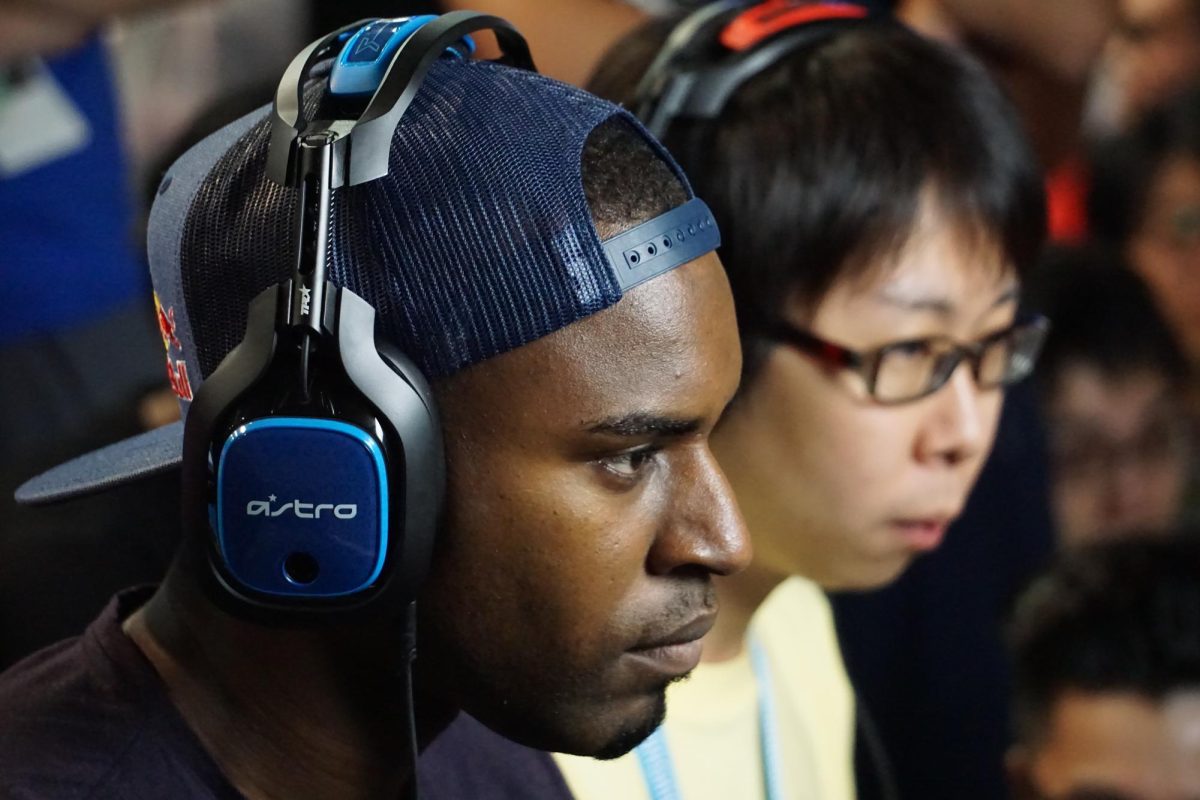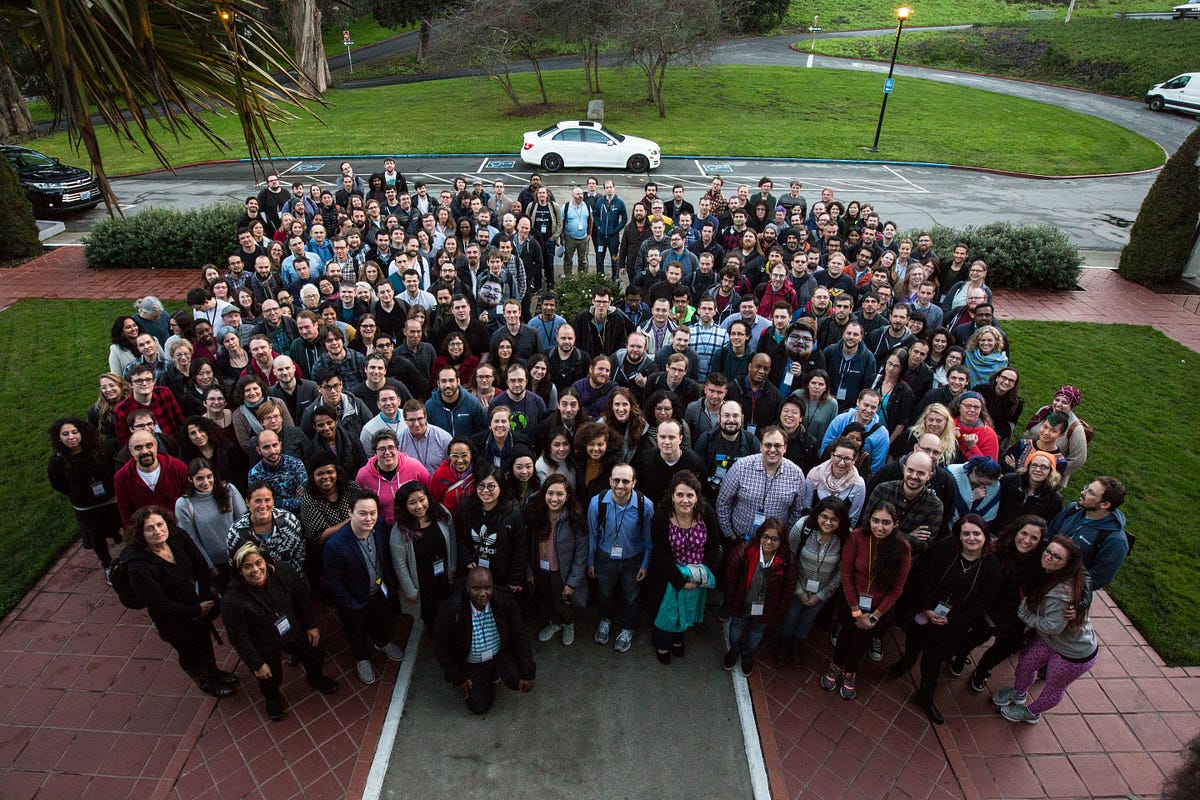Fighting games more so than any other genre of video games often get criticized for being difficult to play and get into. This an oddity with gaming itself as almost no other genre is described this way. When it comes to other genres the difficulty of a game is separate from the genre. Fromsoft’s souls games are known as difficult, not every single action rpg. The idea that fighting games are uniquely difficult from other games stems from a few compounding misconceptions about the genre. Two that are exceeding common are “Fighting game combos are hard and I don’t have the reactions to play them.” Though these misconceptions didn’t just come from nowhere.
In July of 2008 Street Fighter 4 released and revived the fighting game genre. For the first time in almost 10 years there was a new Street Fighter game. While the game was reminiscent of older titles it included many ideas of its own, new to street fighter. One of those was its combo system and the prevalence of 1-frame links across the game. In fighting games any attack you hit an opponent causes “hitstun” if your attack recovers and you hit the opponent again before they leave the “hitstun” state creates a combo. 1-frame links are combos that require timing your button presses to a ¹⁄₆₀ of a second and are extremely prevalent throughout SF4 with some characters best basic combos requiring 1-frame links. And so that ends the discussion right? No, while yes SF4 did have more difficult combos on average, fighting games have changed a lot since it’s release. Fighting games developers understand that a lot of new players struggle with the execution so they have made combos overall more accessible. Looking at Street Fighter 6 due to an input buffer combos are always at minimum 6-frame link, something much easier to pick up. That isn’t to say games don’t have hard combos anymore rather the barriers of entry to start learning are reduced.
A second misconception often brought up is that “I don’t have the reactions to play them.” and unlike the previous point this has no basis in reality. And while this is also a . Fighting games are built around the average human reaction time(around .25 seconds) and many actions in the game aren’t even supposed to be reactable. The reason for this is that fighting games at it’s most basic level work in a triangle of options preemptive gameplay, reactionary gameplay, and establishing play. Establishing gameplay is often unreactable and is used to start offense, this is beaten by preemptive gameplay where you throw out move or attacks that would beat the opponent’s establishing attacks before you opponent’s throws them out, and to beat preemptive gameplay use reactionary gameplay to react to the whiffed moves your opponent throws out. Though the game isn’t always this simplistic, for example sometimes preemptive moves are to fast to react to, it can often be boiled down to these 3 main options and the goal of fighting games is to balance these three as much as possible.
Though disproving these misconceptions doesn’t matter if fighting games doesn’t matter if they aren’t worth playing. So, are they worth playing? Yes! No other genre of competitive videogames can matching the highs fighting games. Finally landing a setup you labbed in training mode in a real match, making a comeback after being stuck on little to no life, or just fighting an equally skilled opponent all while knowing it was your skilled that carried you to your victory(or loss), there are no teammates here to mess you up or that will carry you everything is on you. Fighting games are cool, and if you’re interested, try them out. If they click with you you’ll have the time of your life.











